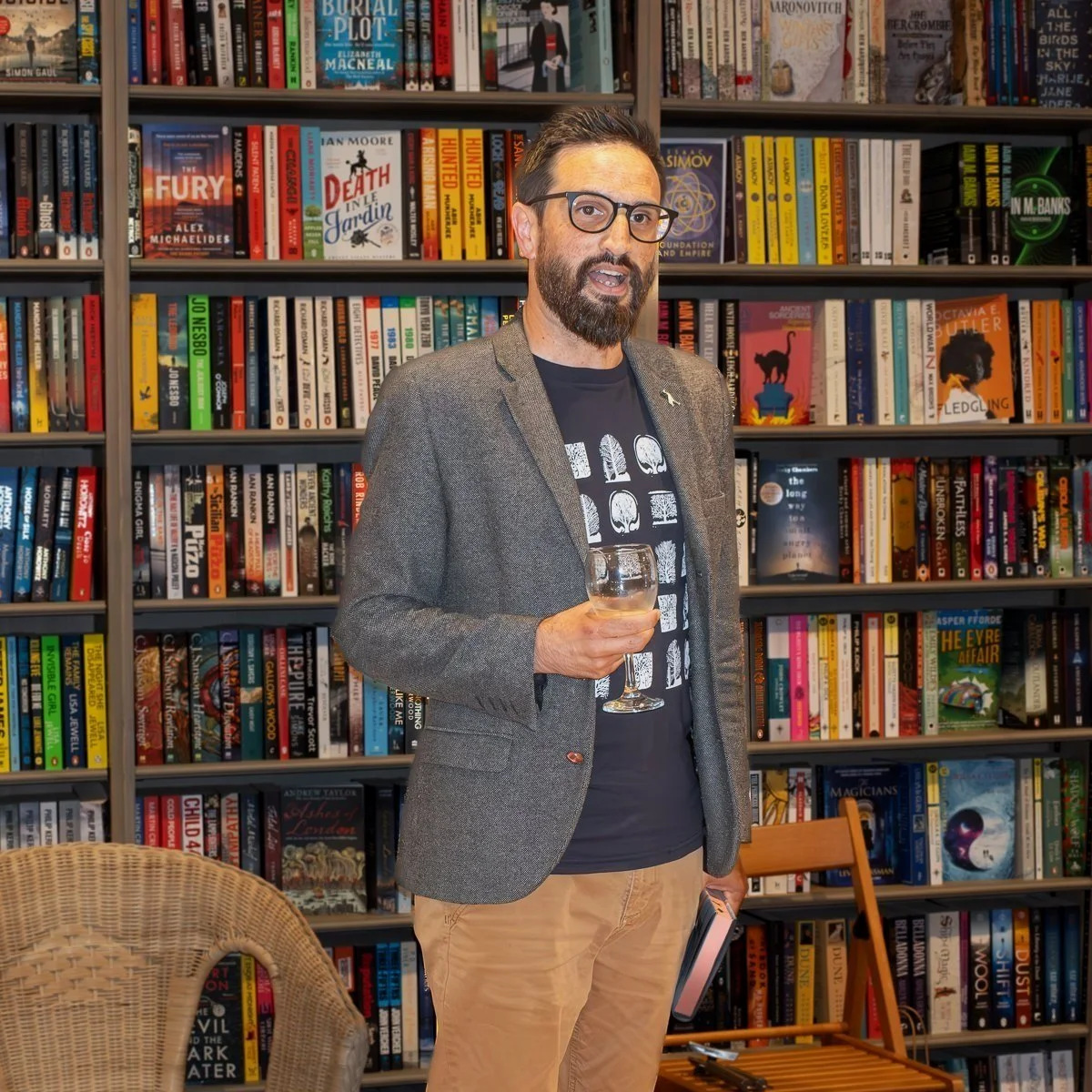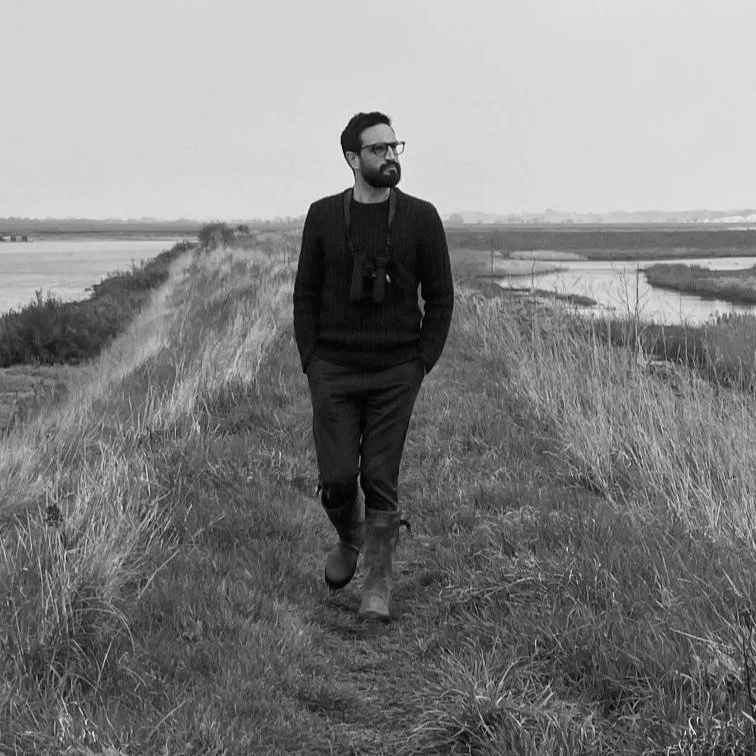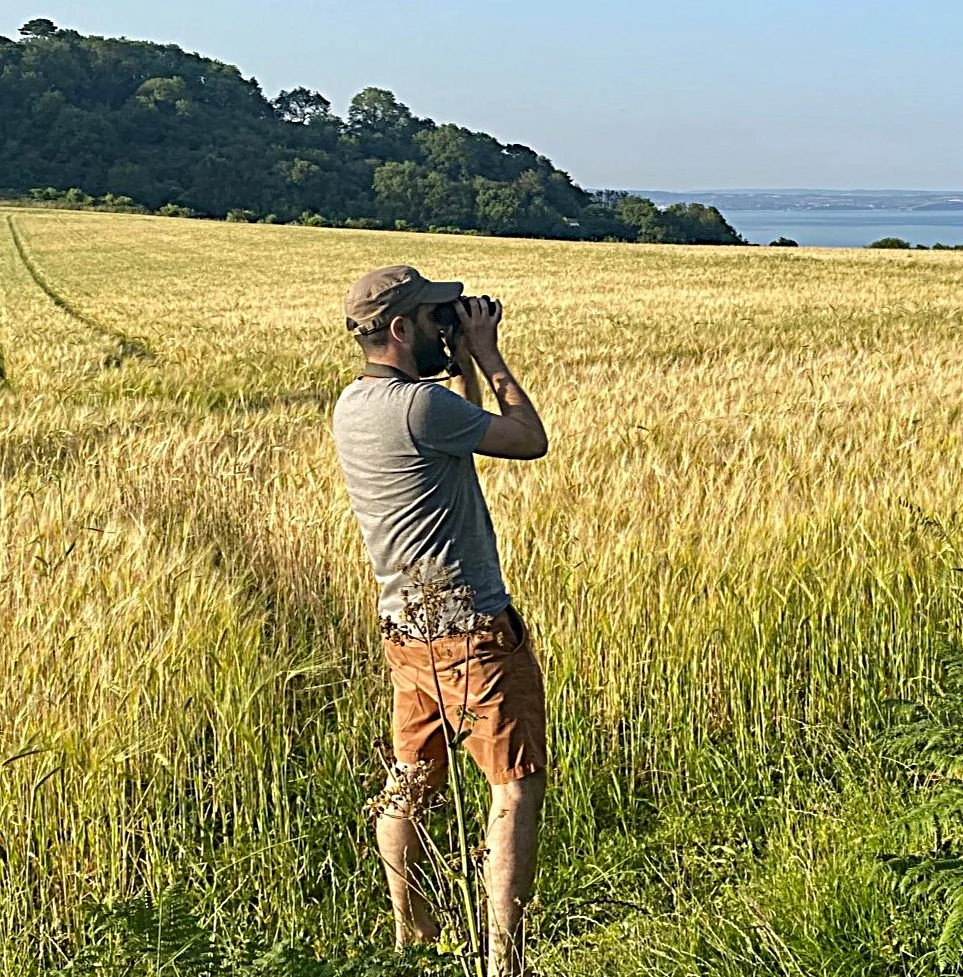
‘They are never “trivial”; the wolves of Woolley, the geese of Goosey and the swine of Swinford were matters of life and death to the Anglo-Saxons, and the choice of words to describe the settlement-site is as serious as any statement which our forefathers bequeated to us.’
Margaret Gelling, Place-Names in the Landscape
This website aims to record for the first time all the birds mentioned in the place-names of England. Simple enough, you might think. How many can there be? A great many, is the answer. Hundreds. This is the revelation behind the Birds and Place Project; the tantalising and fascinating notion that our early medieval ancestors saw birds (and many other creatures and plants) as so intrinsic to their understanding of their local environments that they sought to mark that significance in the names they gave to their settlements—mostly Old English names which go back a thousand years or more.
As the eminent British place-name scholar, Margaret Gelling, states above, these names mattered. They mattered not only to the practicalities and mundanities of everyday working and surviving (birds farmed and hunted, birds that were pests), but also in less tangible ways that might seem surprising to us now. The sheer number of birds recorded in our place-names imply that there was something vivifying about these winged creatures when it came to a sense of place, something that appealed richly to the imagination and the deep roots of belonging.
Most medieval people—most people for centuries after, and surely everyone before then—were vitally dependent on the land and resources of the home ground where they were born, lived, worked and died. They were truly parochial, not in the modern sense of ‘narrow-minded’, but in the sense of ‘highly localised parish-dwelling’; necessarily and unavoidably so, because their lives were determined and restricted (quite literally, under the bonds of serfdom) by the parish parameters. With this localism, however, came very close relationships with the natural world—a degree of intimate, hand-me-down, ecological know-how that only really survives these days (just) in indigenous cultures, such as those of the Inuit peoples.
Birds were part of the fabric of people’s day-by-day, year-by-year experiences, and when they turn up in place-names they are a reminder that these names speak of an intimate insider knowledge. As Fiona Sampson has put it, writing of the revival of interests in the importance of local living in eighteenth- and nineteenth-century Romanticism, ‘even the poorest agricultural worker could obtain deep knowledge of his own world, so that, when he saw a wren, his perception differed entirely from that of the passing traveller’.
This is why encountering birds, or any wildlife, in place-names is so potentially meaningful and important. As another scholar of historical place and landscape has written, the names ‘reveal how local people actually saw their countryside’ (Della Hooke). All it requires is a little imagination.

The Project’s founder
Michael J. Warren is an author, naturalist, medievalist, ecocritic and teacher. Most recently, he has published his debut book in nature writing, The Cuckoo’s Lea (Bloomsbury, 2025). His PhD in medieval literature was on the subject of birds in English poetry, which subsequently appeared as a monograph (Boydell and Brewer, 2018). He continues to research in the fields of medieval studies and environmental humanities, and is a series editor for the journal Medieval Ecocriticisms. Michael is also a teacher of English at a school in Chelmsford, and was an honorary research fellow at Birkbeck College (University of London), as well as chair of the steering group for the arts-conservation charity New Networks for Nature. He is currently a trustee for Curlew Action and also leads tours for Wildlife Worldwide. His previous nature writing has appeared in magazines such as Aeon and EarthLines. Michael lives in Essex with his family, nearby to the marshes between Maldon and Mersea.
The Birds and Place Project draws heavily upon the extensive work of The English Place-Name Society. The EPNS, based at the University of Nottingham, is at the forefront of name studies in the UK and has been compiling records for its 91 county-by-county place-name volumes since 1923. This century-long project is still incomplete, with some counties (Kent, for instance) still yet to feature in the society’s publications. There is nothing else to match the sheer breadth and depth of scholarship involved in the EPNS Survey, and it is this body of research (with a level of detail making it the onomastic equivalent of Ordnance Survey maps) that makes an enterprise such as the Birds and Place Project possible. The English Place-Name Society supports and welcomes the Birds and Place Project, which uses place-name evidence to further understanding of the landscape and bring EPNS scholarship to a wider audience.
To learn more about the Society’s history, its aims and publications, see here.
“Begin with the suffixes, learn your ings and tons and hams, and you’ve already begun to map out early England, to visualise how this world looked, to what extent it might still exist today, and where you require a little imagination to see back through urban expansion or agricultural clearance. Some names are straightforward, but others, seemingly obvious in modern English, will trip you up. So, while Mudford, Wetwood and, believe it or not, Shitterton will give you no trouble, you’d be unlikely to correctly guess the original meanings of places such as Braintree, Bitchfield, Scratchbury or Frostenden.”
The Cuckoo’s Lea
More on place-names
Margaret Gelling
The selective bibliography below will provide readers with an appetite to learn more about the content, history and study of place-names with both an excellent starting point and direction for more developed, detailed study.
One writer all newcomers to place-names should encounter is the woman in the photograph, Margaret Gelling (1924-2009), a doyenne of place-name scholarship and the EPNS who did more than anyone to bring to academic and popular attention the importance of topographical elements (the physical form, shape and features of the land) in place-names. She demonstrated that, far from thinking of toponyms as ‘trivial’ or ‘accidental’ (as she quotes her dismissive predecessors), we should see their precision and nuance as evidence of the intimate and vital relationships our ancestors had with their environments. As Richard Jones (Centre for Local History, Univesity of Leicester) has argued more recently, our place-names reveal to us the rich traditions and channels of traditional ecological knowledge (TEK) our ancestors shared which is directly comparable to surviving (but threatened) TEK in indigenous cultures in some parts of the world today.
Websites (click to open)
The Electronic Sawyer: Online Catalogue of Anglo-Saxon Charters
Survey of English Place-Names (soon to be replaced with an updated site)
Society for Name Studies in Britain and Ireland
Books and articles: more general and accessible
Watts, Victor, The Cambridge Dictionary of English Place-Names (Cambridge, Cambridge University Press, 2004)
Ekwall, Eilert, The Concise Oxford Dictionary of English Place-Names (1936; repr. Oxford, Clarendon Press, 1966)
Cameron, Kenneth, English Place Names (London: B. T. Batsford, 1996)
Hoskins. W. G., The Making of the English Landscape (1955; repr. Beaminster: Little Toller, 2013)
Gelling, Margaret, Place-Names in the Landscape (London: J. M. Dent, 1984)
Gelling, Margaret and Ann Cole, The Landscape of Place-Names (Donnington: Shaun Tyas, 2000)
Books and articles: more specific and academic
The English Place-Name Society’s county-by-county volumes, for which see here.
Bintley, Michael and Kate Franklin, Landscapes and Environments of the Middle Ages (London and New York, NY: Routledge, 2023)
Higham, Nicholas J. and Martin J. Ryan (eds), Place-Names, Language and Language and the Anglo-Saxon Landscape (Woodbridge, Boydell and Brewer, 2011)
Hooke, Della, The Anglo-Saxon Landscape (Manchester: Manchester University Press, 1985)
Hooke, Della, ‘Birds, Beasts and Other Creatures in Pre-Conquest Charters and Other Place-Names’, in Representing Beasts in Early Medieval England and Scandinavia (Woodbridge: Boydell and Brewer, 2015), pp. 253-82
Jones, Richard, ‘Responding to Modern Flooding': Old English Place-Names as a Repository of Traditional Ecological Knowledge’, Journal of Ecological Anthropology, 18:1 (2016).
For some species, such as the crane and the cuckoo, there are more specific studies suggested on the relevant pages for each bird.
Birds and Bird Names in Medieval English
Lockwood, W. B., The Oxford Dictionary of British Bird Names (Oxford: Oxford University Press, 1984)
Kitson, Peter, ‘Old English Bird Names (i), English Studies, 78:6 (1997), 2-22
Kitson, Peter, ‘Old English Bird Names (ii), English Studies, 79:1 (1998), 481-505
Lacey, Eric, ‘Birds and Words: Aurality, Semantics and Species in Anglo-Saxon England’, in Sensory Perceptions in the Medieval West, ed. by Simon C. Thomson and Michael D. J. Bintley (Turnhout: Brepols, 2016), pp. 75-98
Lacey, Eric, ‘When Is a Hroc not a Hroc? When It Is a Crawe or a Hrefn!: A Case-Study in Recovering Old English Folk-Taxonomies’, in The Art, Literature and Material Culture of the Medieval World, ed. by M. Boulton, J. Hawkes and M. Herman (Dublin: Four Courts, 2015), pp. 138-52
Poole, Kristopher and Eric Lacey, ‘Avian Aurality in Anglo-Saxon England’, World Archaeology, 46:3 (2014), 400-15
Warren, Michael J., Birds in Medieval English Poetry (Cambridge: D. S. Brewer, 2018)









